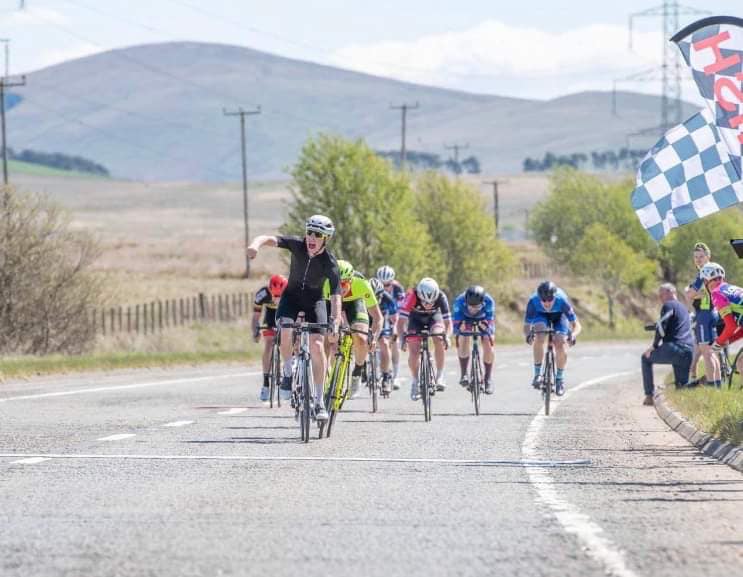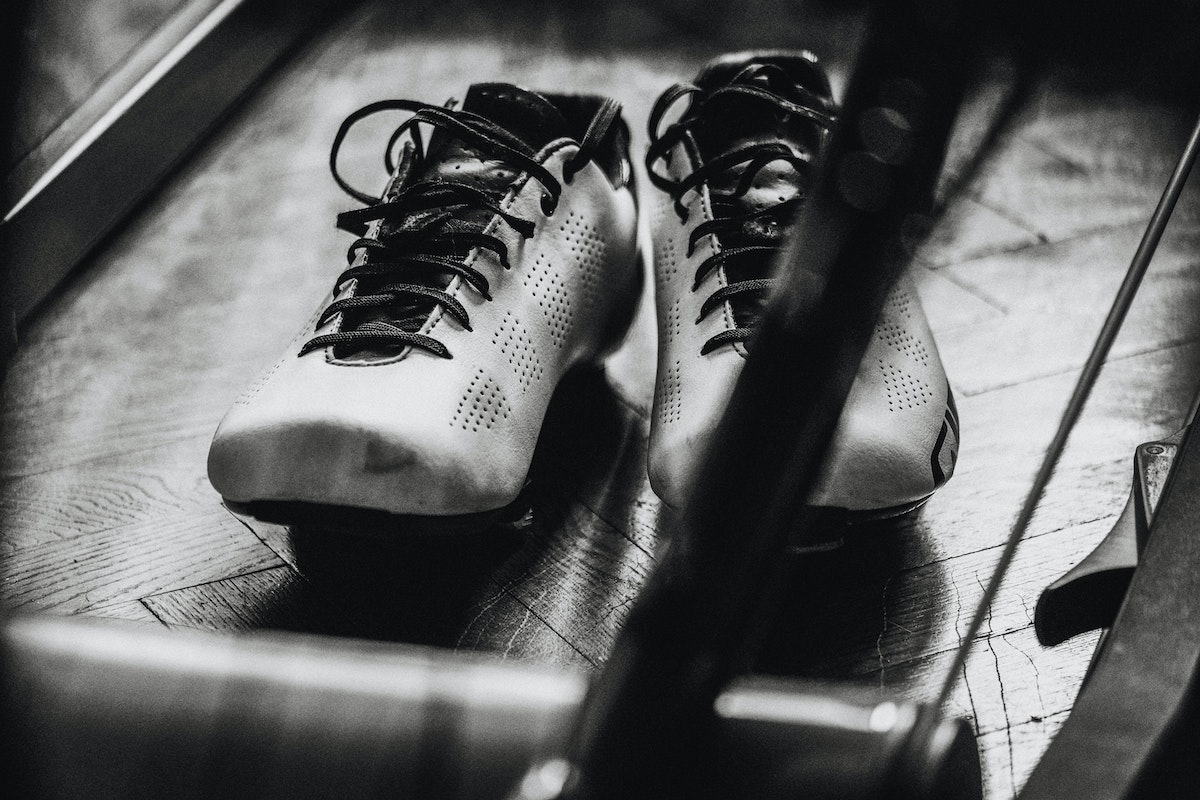How to Enter your First Road Race
Tempted to give a cycling road race a go, but don’t know where to start? Have a read of our guide on How to Enter your First Road Race and we’ll run you through the basics of what you need to know and how to prepare.
We’ve covered everything from getting your race licence and choosing your races, to preparing physically as well as equipment-wise and more. If you have any other questions, don’t hesitate to get in touch.
Race Licence and Category
The first and most important thing any rider needs when entering a race is a British Cycling Race Licence. This is your right to race, containing your BC Licence Number as well as your category ranking.
Getting your race licence is a straightforward process, applying through British Cycling and following the steps to register your membership and race licence. All new racers start at 4th Category, with gradual progression through the ranks of 3rd, 2nd, 1st category and then Elite obtained through points accumulated with good results.

To progress from 4th to 3rd you need to obtain 12 points in any one calendar year. Once you achieve 3rd category status you will never redescend to 4th. A rider who gains 40 points during any one season on a 3rd cat licence will progress to 2nd, and its 200 points on a 2nd cat licence to reach 1st category. To achieve Elite status, a rider must score 300 points during a season while holding a 1st cat licence. Not scoring the relative number of points each season per category will see a rider descend back down one category per year.
You will need to renew your BC Membership and Race Licence each year.
Choose your race
In your first season you should look to find races whereby you can learn the skills needed to improve as a rider and cut your teeth in racing. As a 4th cat rider you can only enter Regional A, Regional B and Regional C+ level races (see BC’s explanation of Event Classifications here). These will be either closed circuit races or road races whereby you race in a rolling road closure between the event’s support vehicles for safety from other road users.
You may be limited by choice depending on where you’re based, but with a bit of travel you should be able to find a selection of races to allow you to test yourself on different types of courses, including hilly terrain and flatter, faster circuit or criterium style races.
Don’t worry about being too focused on gaining your 12 points to move up to 3rd category straight away as if you’ve very fresh to riding in a group at speed you will need to gain the confidence and experience to feel comfortable and to understand how the races develop.
Once you’re targeting 3rd category status it’s time to think a bit more strategically about winning races and scoring points. There are points for the top 10 in Regional C+ (10-1) and Regional B races (15-1) and top 15 in Regional A (30-1) – a list of which can be found here.
With many more people picking up cycling, or having more time to train during lockdown, plus a much reduced season this year after much of the calendar was postponed there’s going to be a lot of riders aiming to snap up the spots that are available when regional racing recommences. So it’s prudent to plan ahead as to which races you want to enter in advance and be ready to enter as soon as it’s open to ensure you get a spot.
Have the Right Equipment
Although the equipment you use in training may not need to differ much from when racing, it’s worth making sure your kit is good enough to not impact your performance. There’s a noticeable difference in rolling performance between reinforced training tyres built to withstand the elements and bad road conditions, and faster, lighter race tyres; and the same goes for wheels too. Most people will have a set of equipment that they use on their bike just for racing, even if it just gives you a mental edge that you’ve got your ‘fast wheels’ on for the day.
The same goes for your kit too – whether you’re wearing club kit or your own make sure it’s not baggy and able to drag in the wind so that you feel fast and race ready. The saying ‘marginal gains’ is a proven concept whereby lots of small improvements, such as the aerodynamics of your clothing and equipment, equate to increased speed and performance. In reality a better fitting jersey and shorts will not be the difference between winning and losing in one of your first few races, but at least you will feel good and know you’re doing all you can to get the best out of yourself.
Before race day make sure that your bike is in perfect working order. If you have the mechanical know-how to do it yourself, make sure everything’s set up either one or two days before race day, or if you need assistance perhaps get your bike serviced in the week before your first race so that you avoid any unwanted mishaps on the day.
With your kit it often helps to write out a kit list of what you need to remember to pack, to avoid leaving anything behind that will mean you can’t take to the start line. Everyone forgets something vital once and learns from that mistake, but reduce that risk and make sure that if that does happen to you then it’s something that can be sourced on the day or even borrowed before the race.

To run through the basics, ensure you pack: bike, wheels, helmet (you’re not allowed to race without one), shoes, kit, race licence, bottles and nutrition, and throw some safety pins in too incase the race organisers only have a few per person and you’re keen to get a well fitted, aerodynamic number when you pin it on.
Be Prepared on Race Day
Make sure that on race day you’re as prepared and organised as you can be to avoid any last minute stresses. Give yourself plenty of time to eat and digest your pre-race meal, ideally between 3-4 hours so that your stomach can digest and process the food.
Pack the night before if you can to give you as little as possible to do on race day. If you’ve got things to do on the day of your race, try to avoid anything strenuous to save your effort for the race itself.
If you’re driving to the race, aim to get there with over an hour to spare before the start, giving yourself time to prepare and get everything ready. You’ll need to sign on, pin on your numbers, get your bike ready, make sure your bike is good to go with a short spin, and perhaps also warm up too if it’s a shorter race and therefore likely to be fast from the gun.
Also, aim to start the race with a plan. Whether that plan is simply to take it all in and learn, to attack and breakaway from the pack, or to sit in and wait for the sprint.
Train to Race
There’s a big difference between training on your own or on group rides, and racing. Most people you line up against on race day you will not know anything about, including their strengths and abilities, and it’s often hard to predict exactly how a race will pan out. So control the controllables, which is namely you and your preparation.
Make sure you’ve trained riding at race speed in groups, riding techniques such as through-and-off, sprinting against others, and also doing repetitive efforts with lulls between, to mimic different race situations.
With Blackzone Coaching we will work on specific race scenarios and techniques to help you improve and condition the body and legs for the specific types of races you’re working towards.
Make Sure you Enjoy It
We all race because we enjoy the thrill of it and are motivated to improve and win. Make sure that you’re physically and mentally ready to race rather than jumping in too soon and being put off by the stressful and hectic atmosphere at times within a race.
Racing has a great social side to it as well with conversation and friendships before and after the race, and camaraderie between teammates too. There’s lots to enjoy and soak in, make the most of it.
We’d love to help you on your journey to your first road race, assisting with all your preparation physically, mentally and advising on your equipment too. Get in touch today if you’re interested in discussing a coaching plan to help you start racing, and winning.